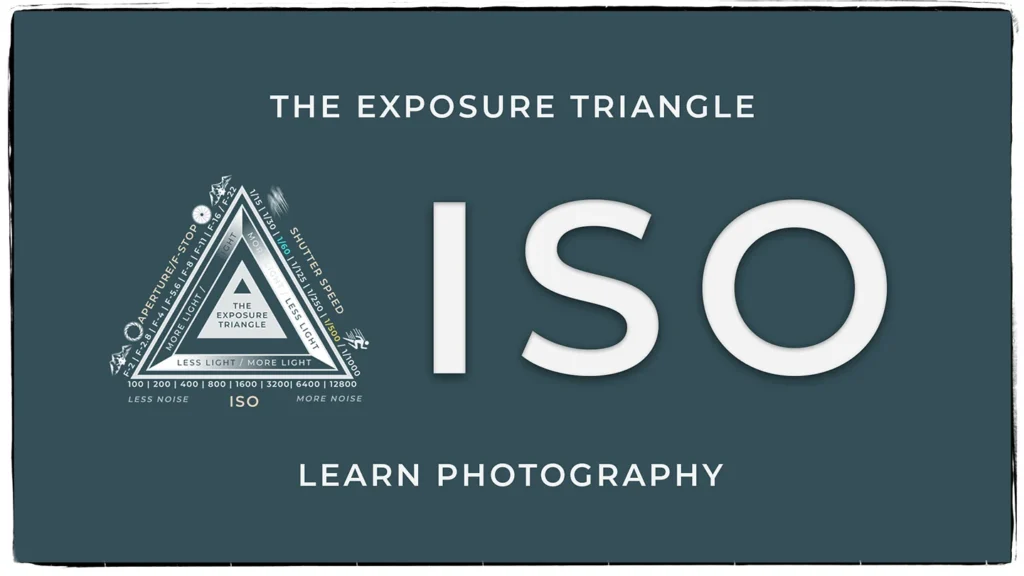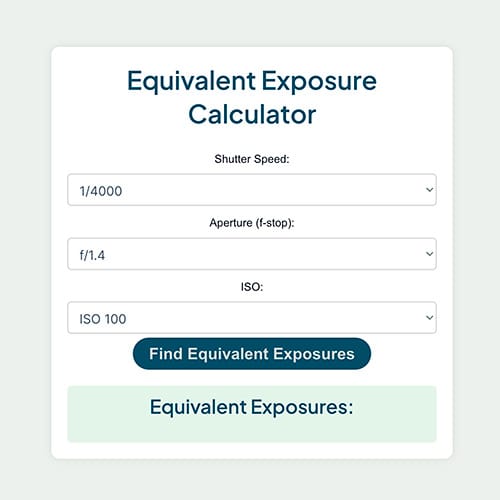Beginner’s Guide: Loading Film into Your SLR Camera (Analog and Electronic)
How to Load Film into an Analog and an Electronic SLR Camera — Step-by-Step Guide
Film photography may feel like a relic of the past, but for many photographers, nothing compares to the charm, character, and creative control it offers. Whether you’re shooting with a fully mechanical analog SLR or a battery-powered electronic SLR, knowing how to correctly load your film is essential for sharp, well-exposed photos and avoiding accidental blank rolls.
This step-by-step guide will walk you through the process of loading film in both analog and electronic single-lens reflex (SLR) cameras.
Before You Start: What You’ll Need
- Your SLR camera (mechanical or electronic)
- A roll of 35mm film (ISO matched to your shooting needs)
- A clean, dust-free workspace
- Optional: fresh batteries (for electronic SLRs)
Part 1: Loading Film into an Analog (Mechanical) SLR Camera
Analog SLRs are fully mechanical and often work without batteries. They require you to manually advance the film after each shot.
Step-by-Step Instructions
- Open the Film Back
Locate the film rewind knob (usually on the top left of the camera). Pull it upward to pop open the film back. - Insert the Film Canister
Place the 35mm film canister into the chamber on the left side. Push the rewind knob down to lock it in place. - Pull the Film Leader
Gently pull the film leader (the tapered end) across the camera to the take-up spool on the right side. - Thread the Film
Insert the film leader into one of the slots on the take-up spool. Some spools have teeth that grab the film perforations. - Advance the Film
Turn the film advance lever to move the film slightly. Make sure the sprocket holes in the film align with the teeth on the sprocket wheel. - Check Film Engagement
Close the film back and press it shut. Advance the film and watch the rewind knob—if it spins as you advance, the film is loaded correctly. - Set the Frame Counter
Many mechanical SLRs have a manual frame counter. Set it to “0” or “1” according to your camera’s instructions. - Set ISO (ASA) Manually
On a mechanical SLR, you’ll set the film speed manually using the ISO/ASA dial.
Your analog SLR is now ready to shoot.
Part 2: Loading Film into an Electronic SLR Camera
Electronic SLRs (from the late 1970s onward) often feature motorized film advance and sometimes auto-loading systems. They require batteries to operate, even for the shutter.
Step-by-Step Instructions
- Turn Off the Camera
Switch the camera to the “OFF” position to avoid accidental shutter firing during loading. - Open the Film Back
Locate the film door latch or button. Press or slide it to open the back. - Insert the Film Canister
Place the film canister into the left film chamber. Press it down until it locks. - Pull the Film Leader to the Mark
Many electronic SLRs have a red or white mark indicating where the film leader should be placed. Pull the leader to this mark. - Engage the Film
On some cameras, you’ll insert the leader into a take-up spool slot; on others, you simply lay it flat across the film path, and the camera will engage it automatically when closed. - Close the Film Back
Shut the back firmly. The camera should automatically advance the film to the first frame. You may hear the motor running. - Check the Film Counter
Look at the frame counter—most electronic SLRs automatically set to “1” once the film is loaded. - Set ISO (if needed)
Some electronic SLRs read the DX code on the film canister automatically; others require manual ISO setting.
Your electronic SLR is now ready for action.
Tips for Both Camera Types
- Avoid excessive pulling: Overstretching the film can cause tearing.
- Keep film away from direct sunlight: Load film in shade or indoors.
- Always check the rewind knob movement: If it doesn’t turn when you advance, your film isn’t engaged properly.
- Don’t open the back mid-roll: You’ll expose and ruin your film.
Final Thoughts
Whether you’re shooting with a classic all-mechanical Nikon F or a high-tech Canon EOS from the 1980s, loading your film correctly ensures that every frame counts. With practice, the process will become second nature, allowing you to focus on composition, exposure, and the joy of shooting film.


